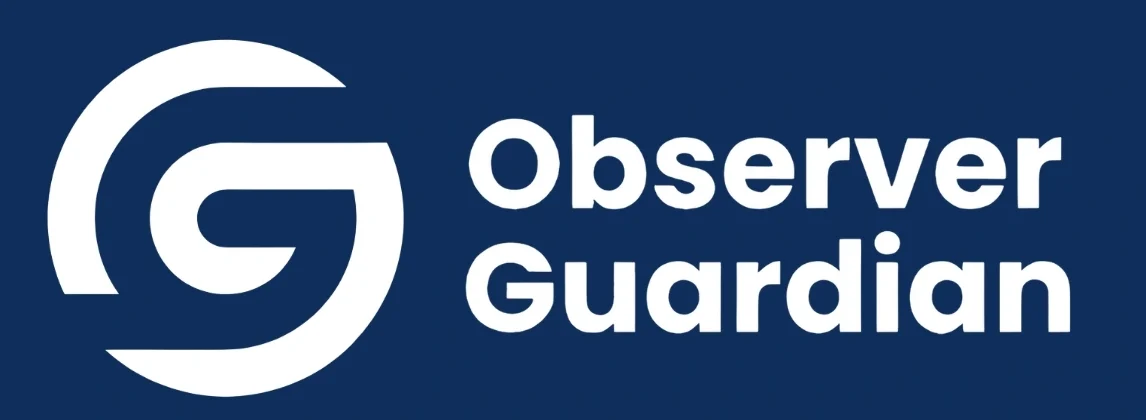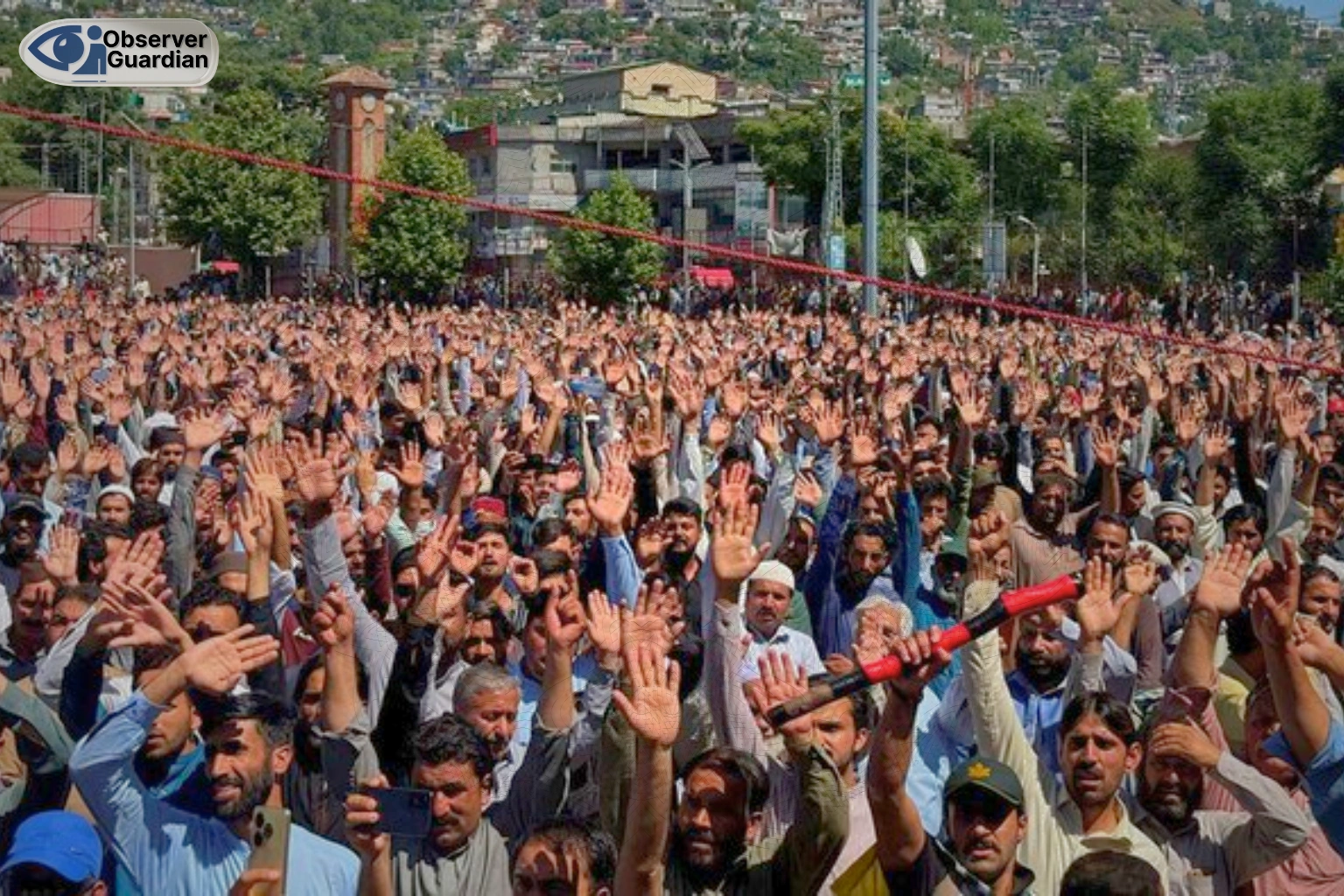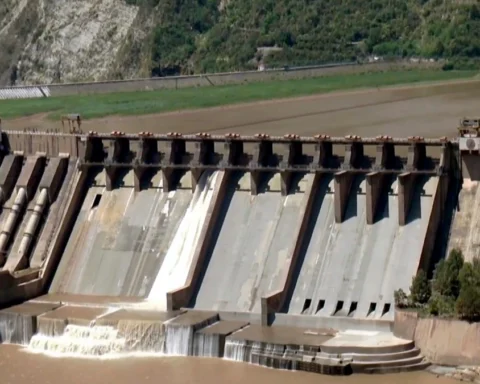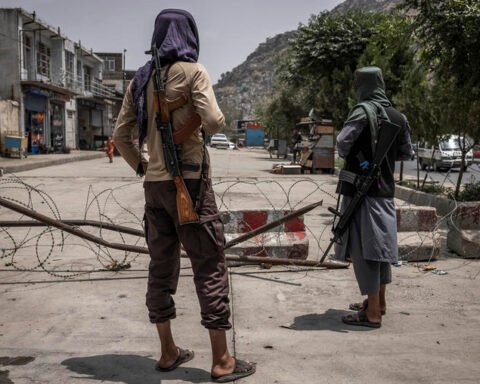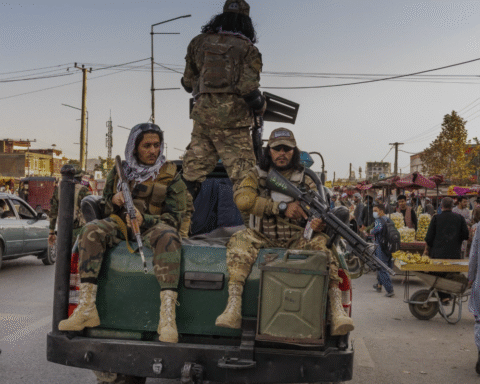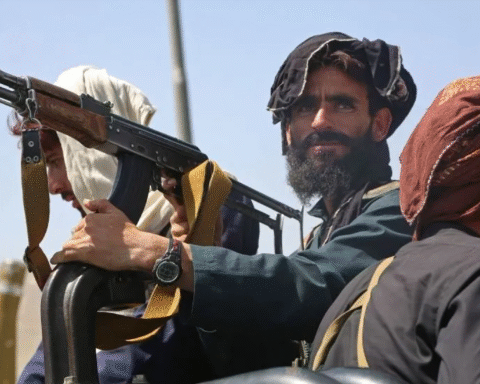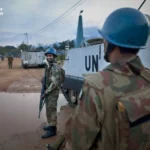The story starts with everyday stuff such as flour, electricity, and water. JAAC leaned into those basics and turned them into rallying cries. It worked because people felt the pinch. At the same time, a lot of folks in Pakistan saw something else in the choreography. The timing, the language, the way the clips traveled online. It looked less like a one-off bread-and-butter protest and more like a long campaign shaped for outside audiences.
That is where the hybrid war line comes in. Many in Islamabad argue the slogans were not just organic anger. They say the protests fit neatly into an Indian propaganda arc, right down to the moments when Geneva is paying attention. When the UN Human Rights Council meets, NGOs are busy, reporters are hungry for material, and protest footage from AJK lands right on cue. Is that deliberate coordination with RAW or Indian embassies? I can’t prove that. What I can say is that the effect is the same even if it’s just smart timing. The images feed a familiar narrative that paints Pakistan as failing its own people.
Now, the money part. In May 2024, the federal government pushed a big subsidy package for AJK. Most reports put it around 23 billion rupees. Flour got cheaper. Power slabs were cut. Protests paused for a beat, which suggested the demands had been heard. Then the agitation picked back up later in the year. If the main aim was relief at the meter and the ration bag, that should have been the moment to wind things down. The fact that it didn’t end there is what strengthens the claim that the real objective was to keep the pot boiling, not to solve bills and groceries.
Indian media certainly did not let the moment pass. AJK unrest became a steady content stream. Clips from rallies, quotes pulled out of context, headlines that turn a local cost-of-living fight into a referendum on Pakistan itself.
NGOs and think-tanks grabbed the same material. You could watch the loop in real time: slogan in Muzaffarabad, panel show in Delhi, tweetstorm abroad, and then the story boomerangs back as international concern.
There is also the cost at home. Wheel-jam strikes, shutter-downs, blocked roads. Daily wage workers feel it first, then shopkeepers, transporters, small factories. It was seen tossed around for the damage, including claims of roughly 2.1 billion rupees in losses tied to JAAC strikes. Treat any single number with caution because these tallies get politicized, but the broad point stands. Prolonged agitation bleeds the local economy.
Security flashpoints made everything worse. When stones and sticks meet batons and bullets, you get injuries, sometimes deaths, and hardening narratives on both sides. Those images are rocket fuel for propaganda.
To critics of Pakistan, they prove repression. To Pakistan’s defenders, they show a movement baiting a crackdown to generate headlines. Either way, ordinary people become extras in someone else’s script.
If you step back, the pattern is clear. The slogans are simple and emotive by design. They travel well on TV and WhatsApp. They line up neatly with moments when international attention is high. Relief was offered in May 2024 and later again through negotiations, yet the drumbeat continued. Add to that the way Indian media packaged the protests, and you have a ready-made case for those who say this is part of a broader info-ops play. Claims that RAW or Indian embassies are dictating lines to chant are still claims. If there’s hard proof, it should be put on the table. Sunlight is better than hints.
So, what should be done on Pakistan’s side? Deliver relief fast and make it visible. If a subsidy is announced on Monday and people still pay the old prices on Friday, you lose the narrative. Spell out the math on electricity and flour in plain Urdu, Kashmiri, and English. Show the bills before and after. Publish every meeting note with JAAC so there is a public record of what was agreed and who backtracked. And if the state believes there’s foreign steering, present evidence, not just warnings. People can smell spinning a mile away.
It also matters how civil space is handled. Heavy-handed policing feeds the same loop the state is trying to break. So does letting provocateurs run wild. Keep it lawful, keep it even, and keep it boring. Boring is underrated when your opponent wants drama.
At the end of the day, people in AJK wanted cheaper flour, predictable power, and reliable water. That’s it. Somewhere along the way, the movement shifted from kitchen-table anger to a set piece in a larger information war. Indian media got a steady propaganda feed. NGOs got talking points for Geneva.
And in the markets of Mirpur and Muzaffarabad, ordinary families still had to count out the last notes for roti and a light bulb. If JAAC’s real purpose were public relief, the 23-billion rupee package should have been the pivot to problem-solving. The fact that it wasn’t tells you a lot about the priorities at play. Whether you call it hybrid war or just politics with extra steps, the outcome is the same. The country gets narrative turbulence. The region is in economic pain. And the basic fixes people asked for get crowded out by a very loud show.
Disclaimer: The views and opinions expressed in this article are exclusively those of the author and do not reflect the official stance, policies, or perspectives of the Platform.
